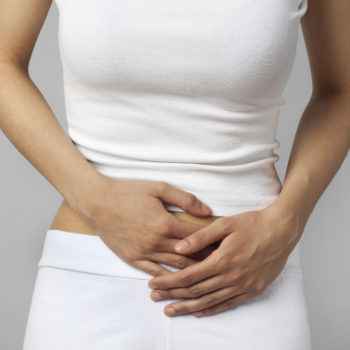Gastritis is the inflammation, often asymptomatic, of the mucous membrane that covers the interior of the stomach, and the diagnosis is essentially histological. The causes can be many different: from a bacterial infection to the use of aggressive drugs for the gastric mucosa or the consumption of particularly acidic foods. This inflammation (or inflammation) can vary from simple redness to the development of small and painful abrasions, erosions and ulcers. We spoke with Dr. Federica Furfaro, gastroenterologist at Humanitas, about symptoms, causes and therapy.
The causes
One of the most common causes of gastritis is the use of gastrolesic drugs, such as non-steroidal anti-inflammatory drugs (NSAIDs), which reduce the production of prostaglandins in the stomach. The prostaglandins reduce acid secretion, stimulate the production of mucus and bicarbonates and promote blood circulation of the gastric mucosa, ensuring its integrity, so a reduction promotes the development of gastritis. Another possible cause of gastritis is the presence of a bacterial infection with Helicobacter Pylori. The bacterium is able to resist the acidic environment of the stomach and produces a series of enzymes harmful to the stomach walls, promoting the development of gastritis and often ulcers.
The symptoms
The gastritis is often asymptomatic. However, it can manifest as a difficult digestion (dyspepsia), with a post-prandial feeling of replenishment, nausea, burning and/or pain in the central part of the abdomen (usually at the top, in the middle, in a region of the abdomen called the epigastrium). In some cases the pain is reduced or disappears after the main meals. Patients with this condition rarely complain of vomiting, after eating or fasting.
Diagnosis and therapy
The first thing to do in young people is to research the Helicobacter Pylori. The bacterium can be tested by faecal, blood or breath tests (urea Breath Test). The breath test is performed by making the patient drink a particular solution containing a marked urea with a carbon isotope (non-radioactive), therefore the patient must breathe inside a machine or in a tube. The bacterium is able to split the urea into water and carbon dioxide, if in the patient’s exhaled there is the presence of carbon dioxide marked means that there is infection with Helicobacter Pylori.
For those symptomatic subjects who do not respond to therapy and are more than 45 years old, an esophago-gastro-duodenoscopy or EGDS is recommended. In these cases, in fact, the same symptoms of gastritis could be the expression of other and much more serious diseases, including tumors. To treat gastritis, it is advisable to reduce stomach acidity with Anti-H2 drugs (ranitidine type) or proton pump inhibitors (omeprazole type), or antacids (aluminium and magnesium hydroxide) which have the function of temporarily buffering acidity. Mucosal protectors (sucralfate type) and prostaglandins (misoprostol type) are also useful. Antibiotics (such as amoxicillin, clarithromycin), in combination with proton pump inhibitors, are used to eliminate Helicobacter Pylori infection. It is not necessary to follow a particular diet, but it is good to stop smoking and reduce the consumption of alcohol, coffee and tea. Gastrolesic drugs such as anti-inflammatory drugs should be avoided.








